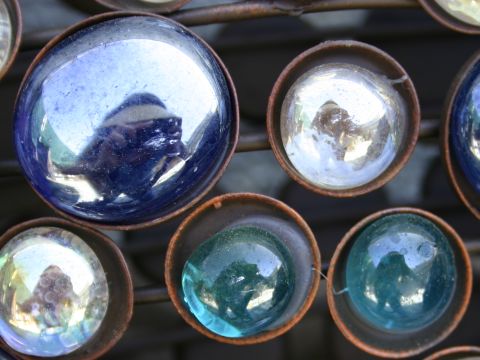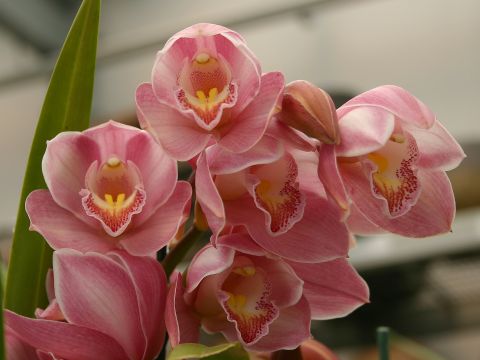 Apparently, the rate of change of the methane in the atmosphere seems to have gone from increasing to zero change. This must be disappointing to alarmists that claim that unbridled man-made emissions will continue to cause an increase in the levels of tropospheric methane in the 21st century.
Apparently, the rate of change of the methane in the atmosphere seems to have gone from increasing to zero change. This must be disappointing to alarmists that claim that unbridled man-made emissions will continue to cause an increase in the levels of tropospheric methane in the 21st century.
Right: Level of Atmospheric Methane 1980-2004 – click image to enlarge.
A recent study published in Environmental Science & Technology shows the unexpected decrease in the atmospheric methane rate of change. Data from the study indicate a trend toward decreasing atmospheric methane.
The folks at CO2 Science analyzed the study:
The Intergovernmental Panel on Climate Change (IPCC) has long predicted that earth’s tropospheric methane (CH4) concentration would rise dramatically throughout the 21st century; see, for example, Ehhalt and Prather (2001). So entrenched a place did this dogma come to occupy in both the popular and scientific psyches, in fact, that when real-world data suddenly suggested otherwise, Simpson et al. (2002) continued to vehemently contend it was “premature to believe that the CH4 burden is ceasing to increase,” even though their own data bore witness against them in demonstrating that such was in fact occurring, as we indicated in our Editorial of 8 Jan 2003. Newer findings, however, ultimately caused even them to recant (Simpson et al., 2006); and, now, Khalil et al. (2007) have essentially “put the nails in the coffin” of the idea that rising atmospheric CH4 concentrations pose any further global warming threat at all.
Continue reading Atmospheric Methane: The Good-News Trend Continues






 It’s been a couple of weeks since reports of a
It’s been a couple of weeks since reports of a 